When Shahnaz Azad (née Roshdieh) published a sharply-toned article on the necessity of women’s education in the autumn of 1920, with the above as the opening sentence, she was only 20 years old. This passionate young woman, whose newspaper, Women’s Epistle, appeared more than 100 years ago, lit a bonfire under the deadwood of Iran’s patriarchal and misogynistic society.
She went on to serve as editor-in-chief of the fourth Iranian women’s newspaper, targeting hijab as the most significant cause of Iranian women’s “backwardness” and insisted that women remove it, at a time when no woman was even allowed to leave her house without chador, veil and the permission of her male guardian or husband. Above its logo, her newspaper bore the legend “Women are Men’s First Teachers.” Beneath, it said: “This newspaper is to awaken and redeem the rights of deprived and oppressed Iranian women.”
Azad was the eldest daughter of Mirza Hassan Tabrizi, the founder of modern education in Iran who became known as Hassan Roshdieh. Originally a native of the city of Tabriz, he went to the Ottoman Empire to continue his education. There, he became familiar with modern elementary schools called Roshdiehs which, contrary to the traditional schools in Iran, taught the alphabet to children aged six to nine years old.
At that time, Tehran’s Dar ol-Funun was the only modern Iranian modern school and was aimed at children who were already literate. Children were taught elementary literacy at the old traditional schools called maktabs, with the teacher’s cane as the main pillar of their education. These schools were run in a haphazard, non-standardized way, and the only alternative to them was the Christian missionary schools which the Iranian children rarely attended.
Mirza Hasan spent a few years researching educational methodology. Uponreturning to Iran, he set up a school in Tabriz with a similar system to the Turkish ones. The owners of the maktabs and reactionary mullahs attacked and damaged the building, forcing Mirza Hasan, now calling himself Roshdieh, to move to Mashhad.
The second school in Mashhad and the next schools in Tabriz were similarly attacked by mullahs and closed down by order of the clergy. Finally, after seven failed attempts to open a school, Roshdieh went to Tehran in 1897 and established the first elementary school in the vicinity of Darvazeh Qazvin.
In contrast to his previous schools, this one had the good fortune to survive with to the support of Ali Amin-ol-Doleh, the Iranian prime minister at the time. Roshdieh School, as it came to be known, is considered the first step in the establishment of broad elementary education in Iran. However, it was only for boys, and girls remained deprived of the right to education. When Roshdieh’s daughter Shahnaz was born in 1901, he decided to educate his daughter himself.
In the same year when Shahnaz’s father began teaching her, the first rumbles of the Constitutionalist Movement were heard. Shahnaz’s education coincided with the signing of the Constitutional Order by the Shah and other historic events which later encouraged her to join progressive women’s associations at a young age.
Shahnaz’s father went further than mere homeschooling. He took her and her sister, disguised in boys’ clothing, to school and made them promise not to disclose that they were girls. Their clandestine study behind the boys’ desks at the school where their father was the principal lasted for several years, until finally, by the efforts of Bibi Khanoom Astarabadi and later Tuba Azmudeh, girls’ schools were established and Roshdieh’s daughters took their places there instead.
Shahnaz was just 16 years old when she married a famous journalist, Abolghasem Azad Maraghei. Because her husband was an intellectual, the marriage did not hinder her further education or social activities.
Abolghasem had abandoned the seminary school in the Iraqi holy city of Najaf as a young man. He studied elementary modern sciences in Tehran before traveling to Europe to learn French and English, while writing for Habl ol-Matin, one of the most important Persian-language political journals during the Iran Constitutional Revolution. By the time he returned to Iran he was fluent in eight living languages, as well as some ancient scripts. He accepted a job at the Ministry of Science where he came to know Roshdieh’s family and married Shahnaz despite their nearly 20-year age difference.
The marriage gave Shahnaz the freedom she needed to become more active in political and journalistic spheres. Together with Abolghasem, she founded the Women’s Epistle newspaper, a radical and progressive publication that criticized the patriarchal society. Shahnaz, who was only 19, wrote the editorials. In the inaugural issue, she wrote: “What is there that hinders us to see with our own eyes, hear with our own ears, and walk on our healthy feet on the highway of progress? Hijab, delusions, and the shackles of fogeyism.”
“To be frank, European women work much better than Iranian men. It is surprising that Iranians have still not realized that if women are not educated, men will not become the kind of men they should be. Aren't women their life-companion? In that case how can he allow his house, his life, his properties, his respect and dignity, to fall into the hands of an illiterate woman?”
“Women’s education,” Azad concluded, “is more imperative than men’s because men’s knowledge depends on women’s knowledge, and not otherwise. In all countries, women number more than men. If they do not see women’s education as necessary, then half the world will be out of the sphere of humanity, and the rest, men, will also be out as a result of their mothers’ ignorance."




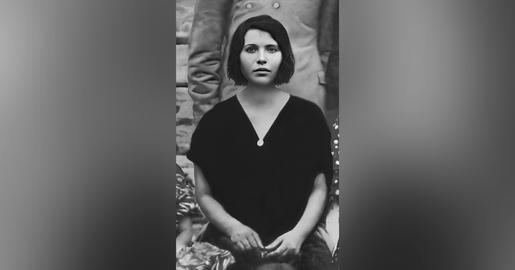
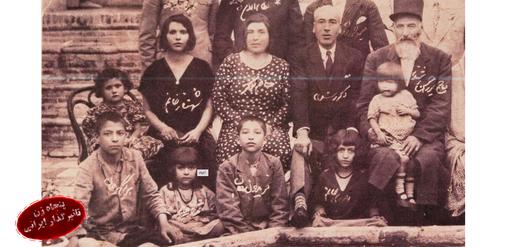
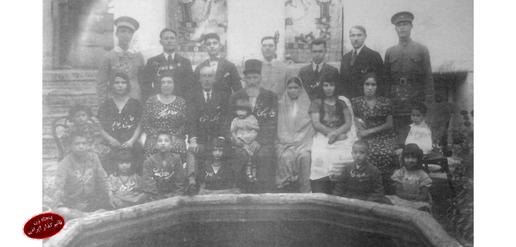










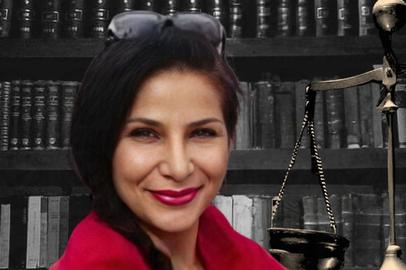






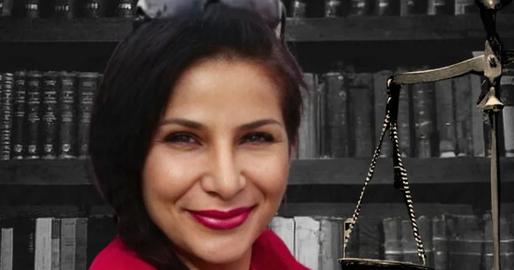
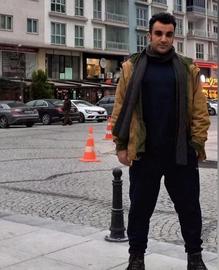
comments